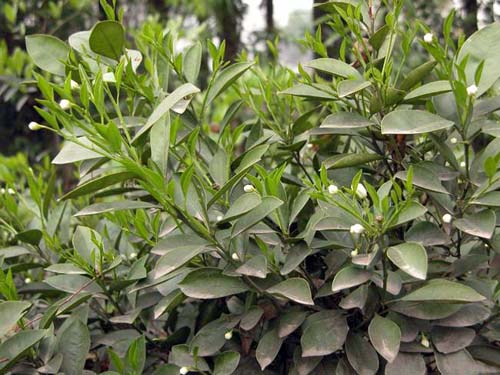The source is from the immature fruit or its pericarp of Citrus reticuta Blanco, family Rutaceae. The fruit or its pericarp is collected during the period of May and June, dried in the sun. The crude or the one stir-baked with vinegar can be used.
Medicinal Properties: Bitter and pungent in flavor, warm in nature and attributive to the liver, gallbladder and stomach meridians.
Actions: Soothe the liver to break qi stagnation, eliminate mass and relieve dyspepsia.

Application
1. It is indicated for liver-qi stagnation manifested as hypochondriac distending pain, breast distending pain, and pain due to hernia. For treatment of hypochondriac pain, it is usually used in combination with Chaihu (Radix Bupleuri), Yujin (Radix Curcumae), etc. ; for swelling and pain due to breast abscess, usually combined with Gualou ( Fructus Trichosanthis ), Jinyinhua ( Flos Lonicerae ), Pugongying (Herba Taraxaci ), and Gancao (Radix Glycyrrhizae), etc. ; for hernia of cold type with abdominal pain, combined with Wuyao (Radix Linderae ), Xiaohuixiang ( Fructus Foeniculi), and Muxiang (Radix Aucklandiae), etc., to expel cold, regulate qi and relieve pain, such as Tiantai Wuyao San (Powder).
2. For distention and pain of the epigastrium due to indigestion, it is usually combined with Shanzha (Fructus Crataegi), Maiya (Fructus Hordei Germinatus), and Shenqu (Massa Medicata Fermentata), etc., such as Qingpi Wan (Pill).
In addition, for abdominal mass due to qi stagnation and blood stasis, and malarial nodule, it is combined with Sanleng (Rhizoma Sparganii), Ezhu (Rhizoma Zedoariae), and Yujin (Radix Curcumae), etc..

Usage and Dosage:
3 - 10 g is used in decoction for oral use.
Notes:
Used with caution in the patient with qi deficiency since it has violent action to damage qi.







